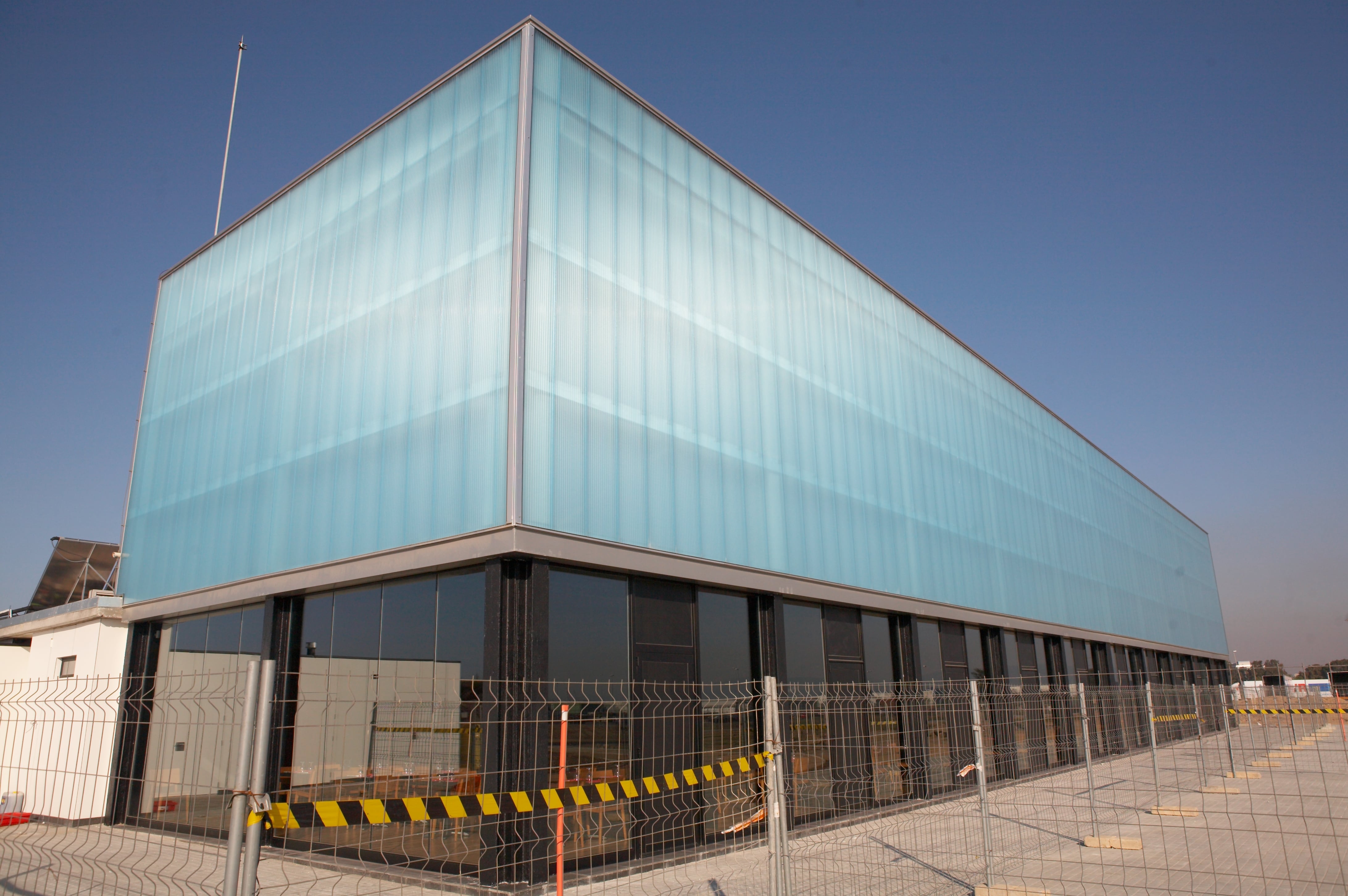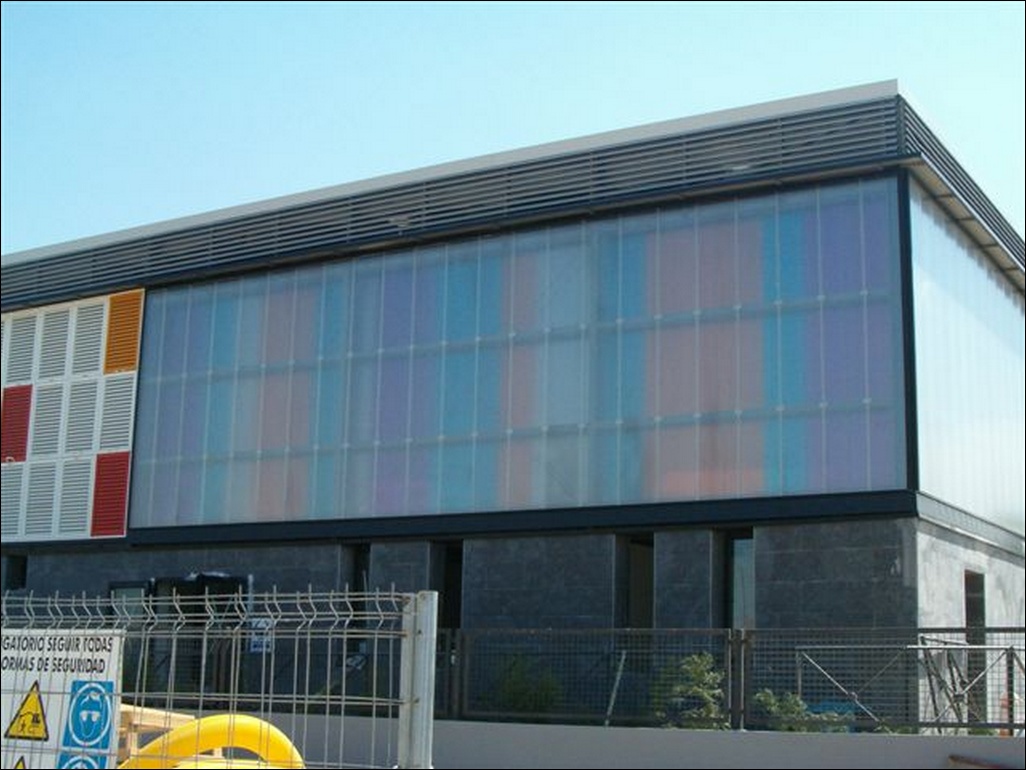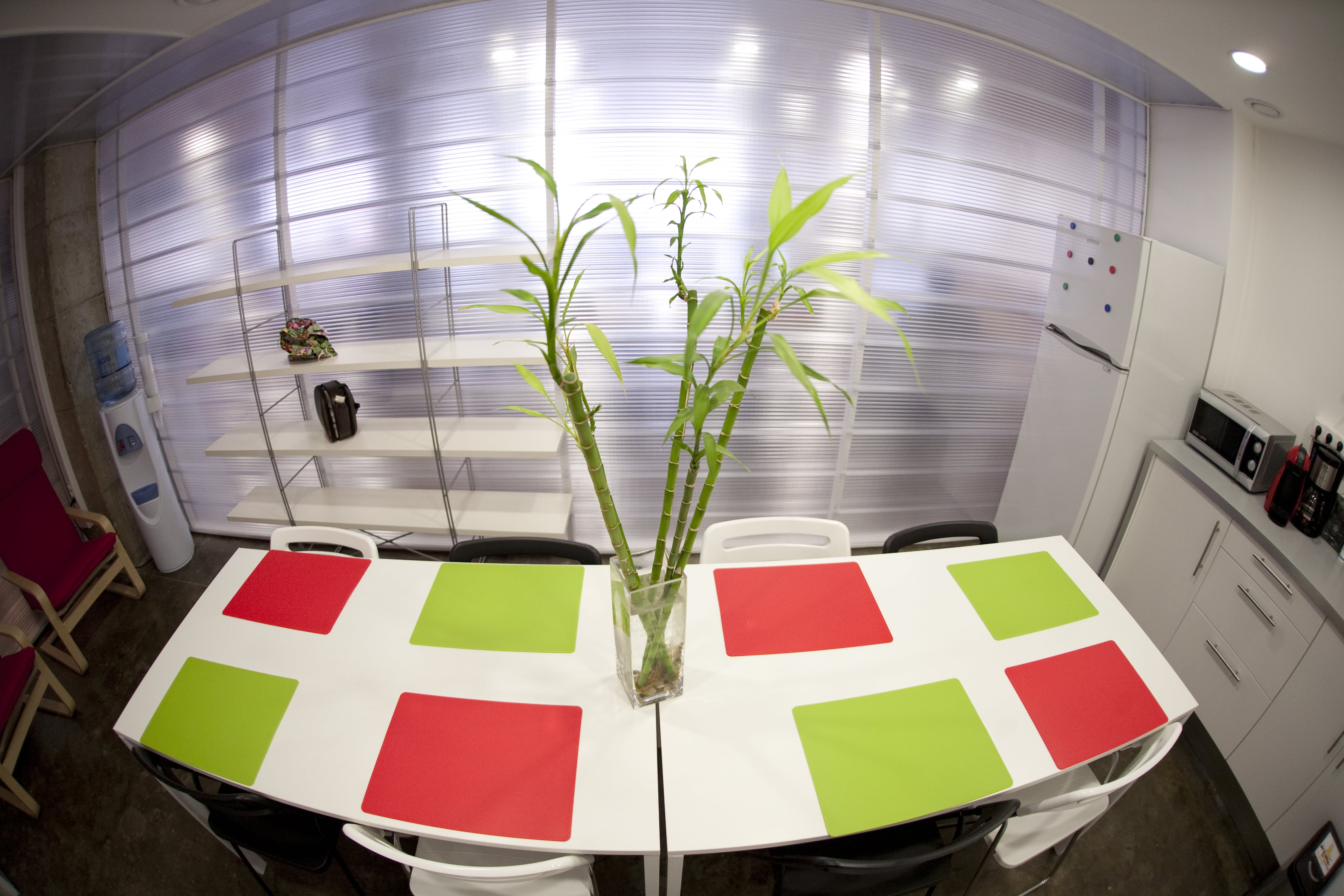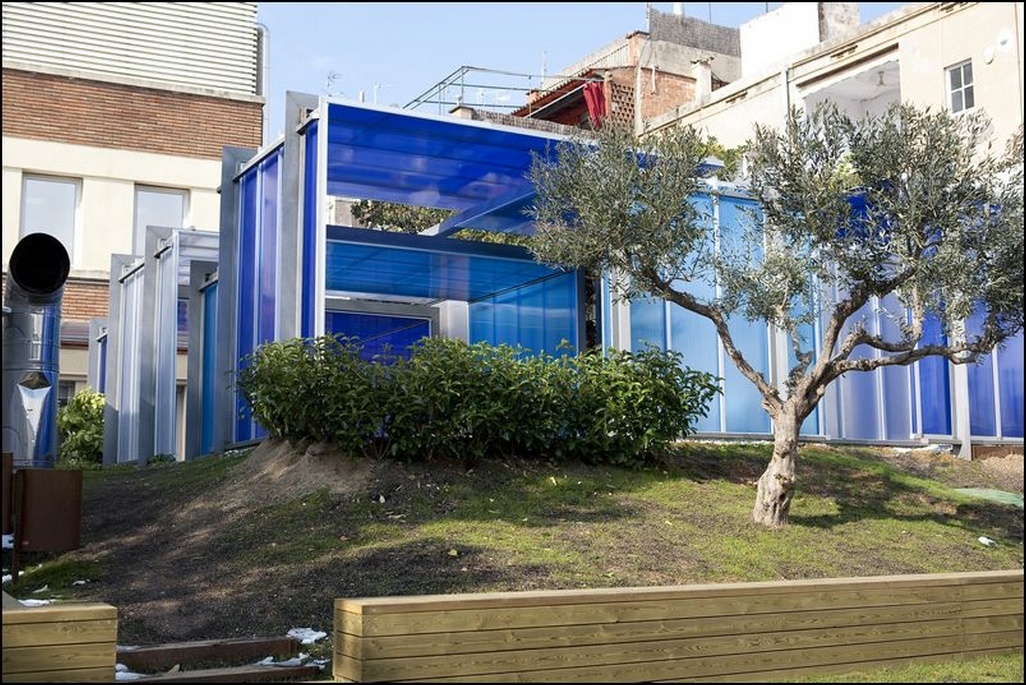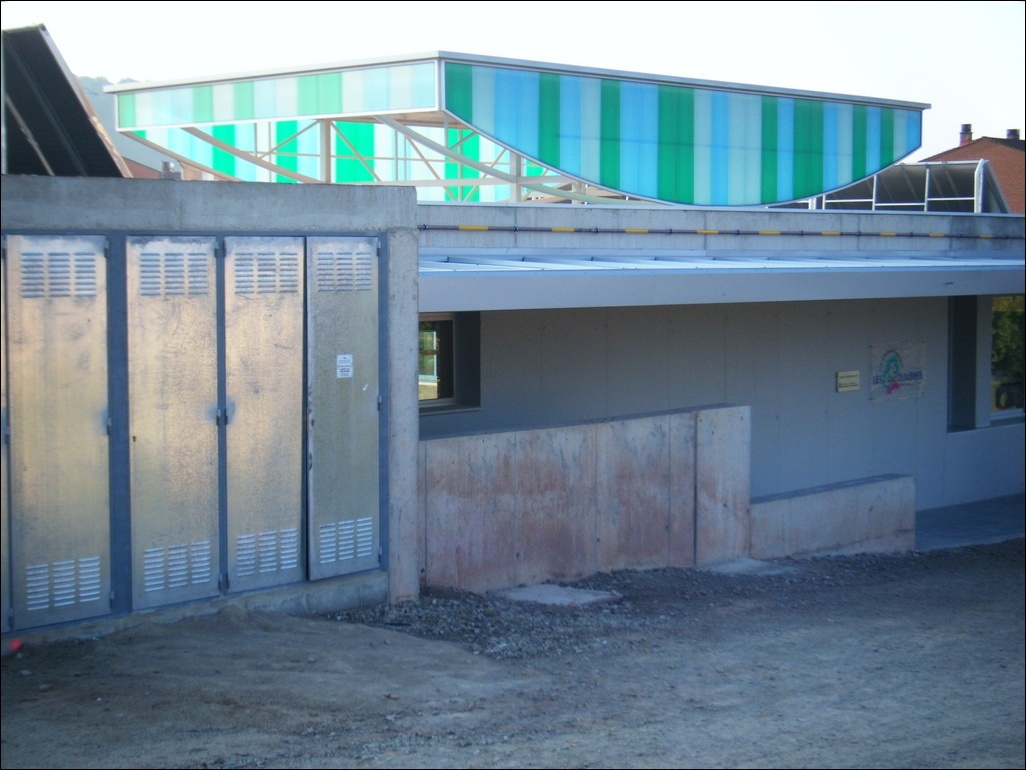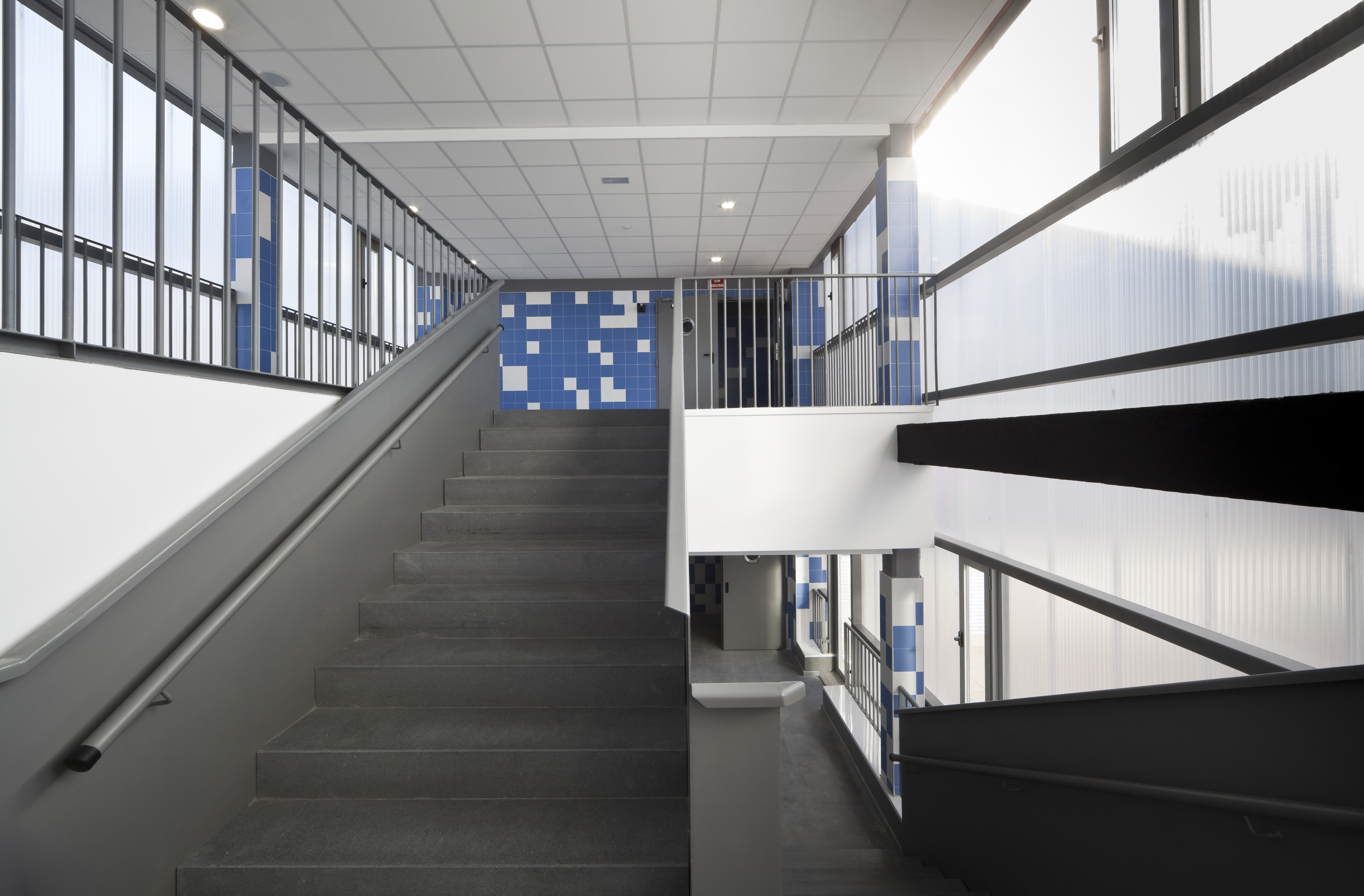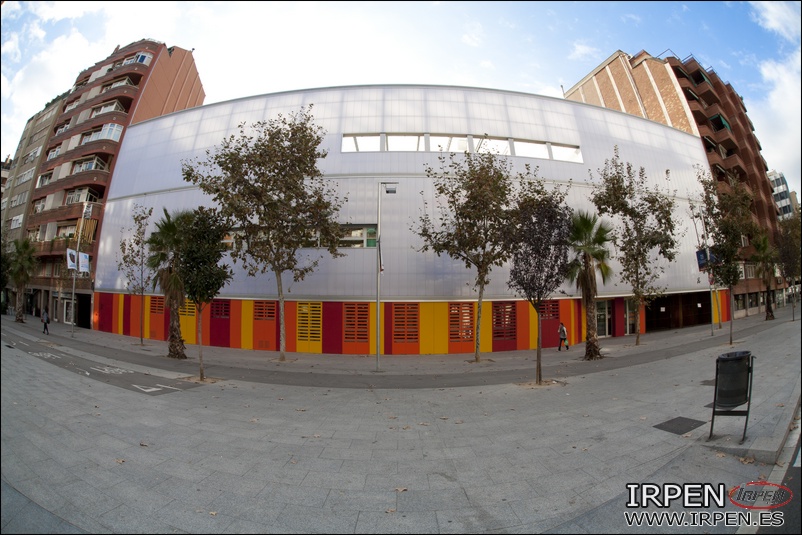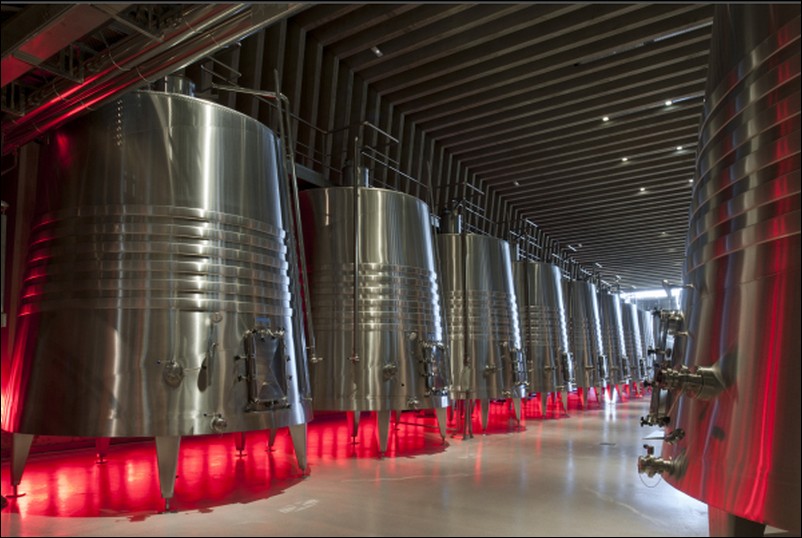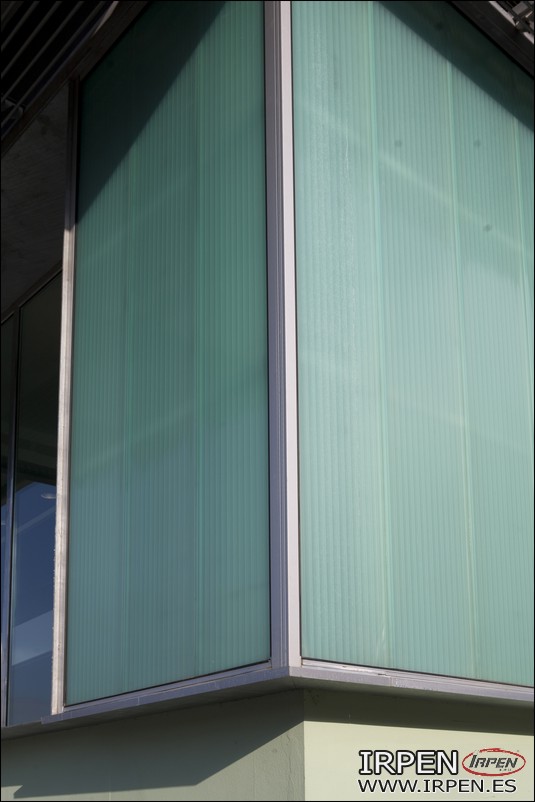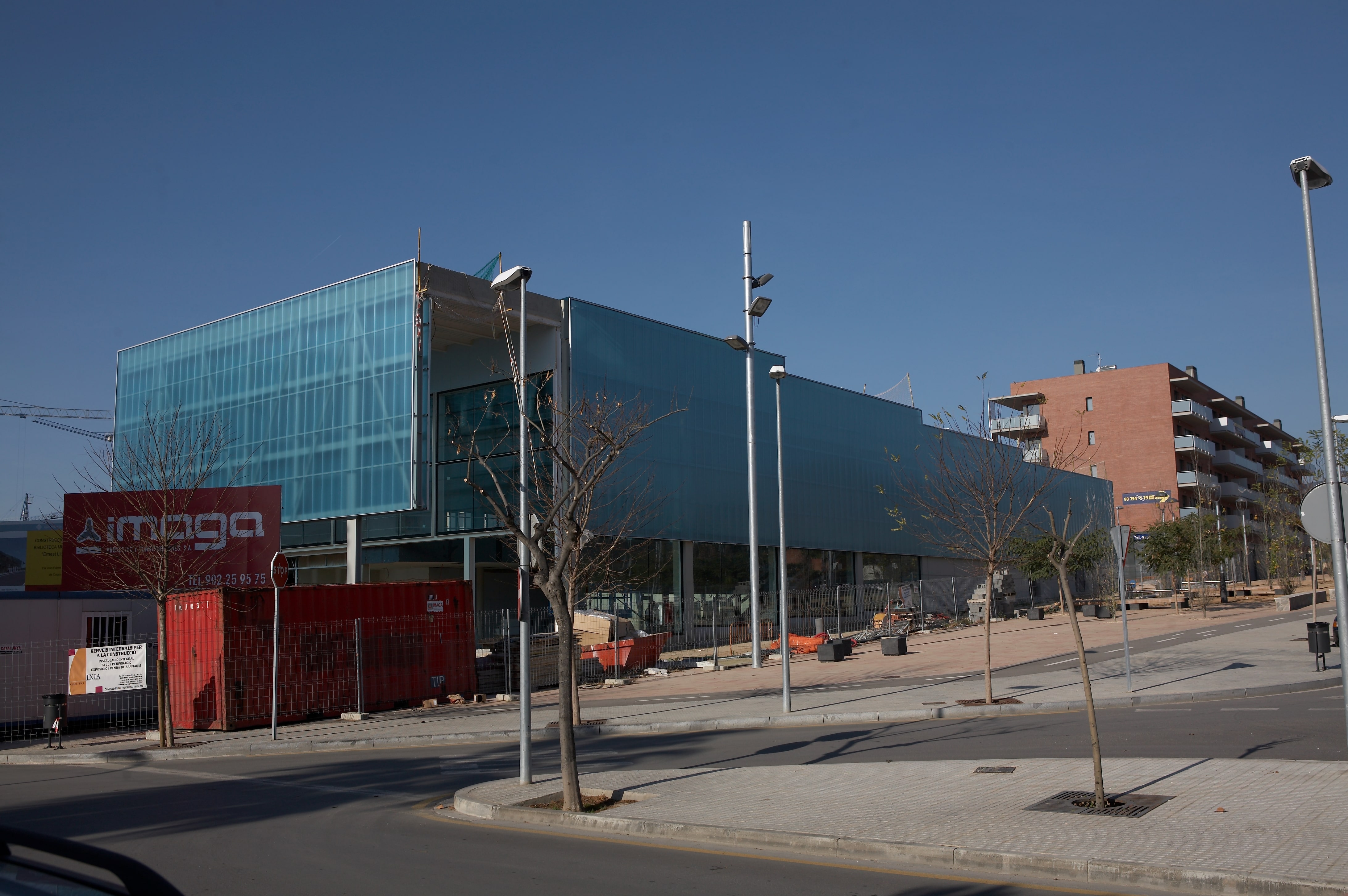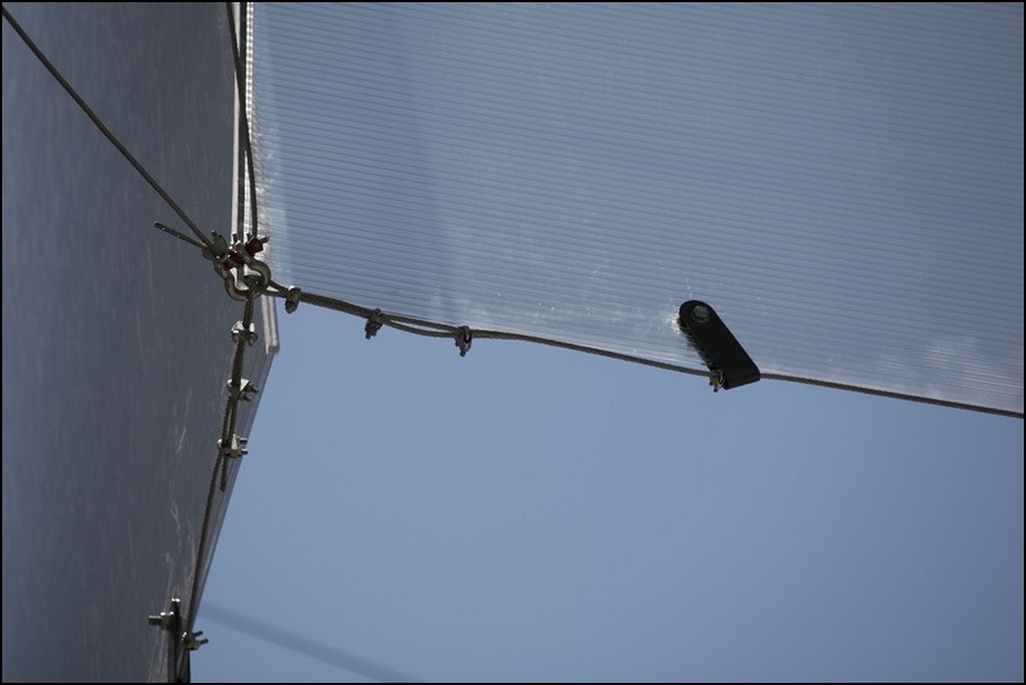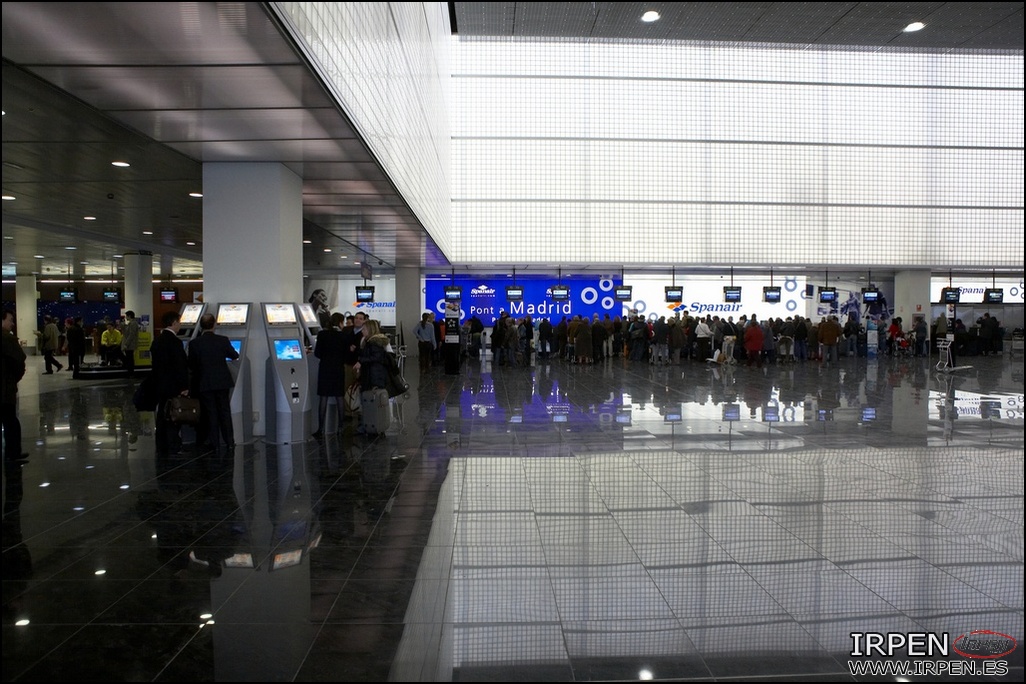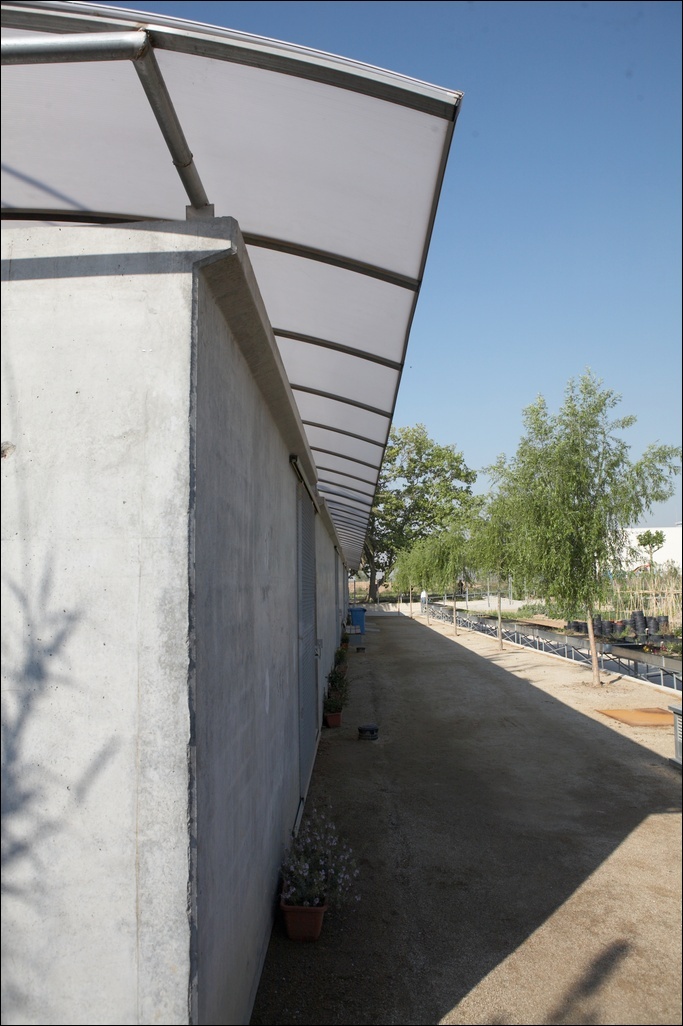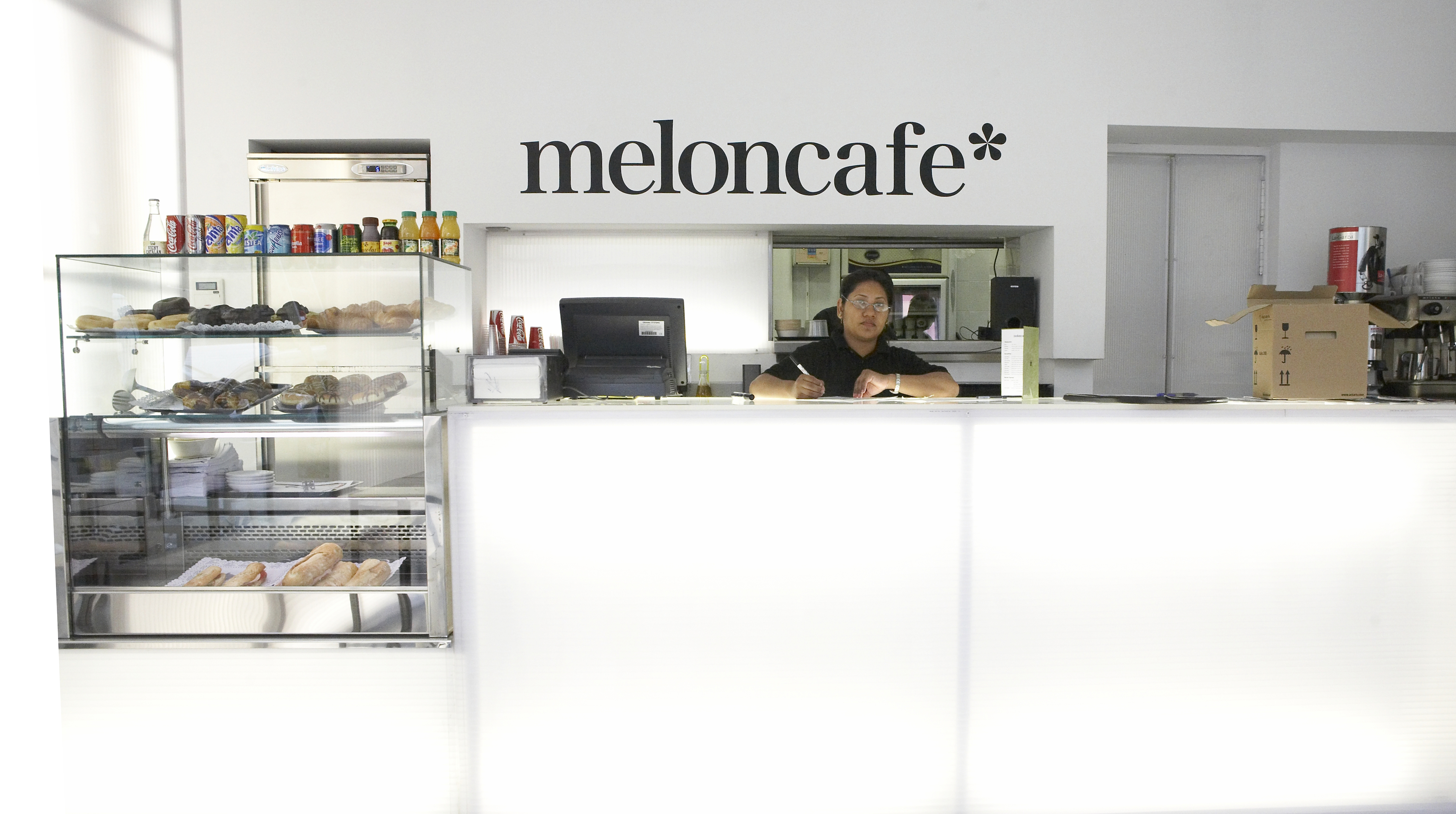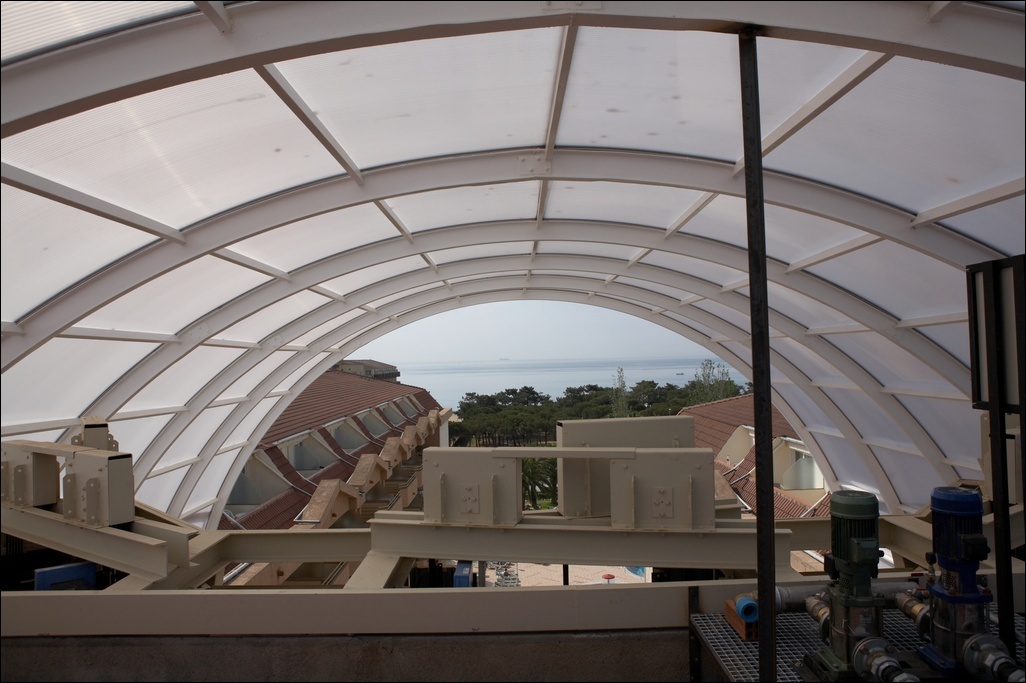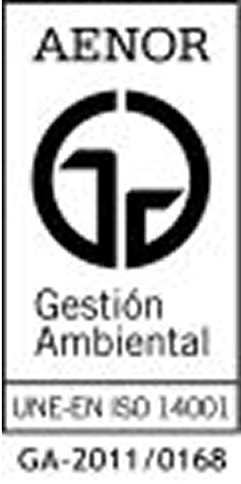Akyver - Multiwall Polycarbonate
Materials for skylights

Previously, we already allocated a paper to the presentation of our LC corrugated and corrugated compact polycarbonate sheets, to describe its main characteristics, in addition to explaining the usual methods of manipulation and installation.
This time, we are going to focus on its most common applications, with installation in skylights being the most common, both on the roof and on the façade in any type of building, from industrial and commercial buildings to agricultural installations. These rigid corrugated polycarbonate sheets are characterized by a high light transmission index, in addition to allowing the blocking of UV rays, thus reducing the energy consumption of the buildings where they are installed by illuminating the interior of the buildings with natural light.
The purpose of the article is to make a brief comparison between this type of plate and other materials used for this type of enclosure.
LC/GLASS
One of the most important advantages, and one of the reasons why the polycarbonate has made its way into this type of facility, It is its extreme lightness. Its density is 1.2 g/cm³, clearly lower than that of glass, around 2.5 g/cm², with LC being a material with a weight of less than half of the same sheet of glass.
Another notable feature is its high impact resistance, up to 200 times higher in this case and a type of fragile break, if we are talking about floating glass, in both cases. This characteristic makes it a material that breaks into large fragments with sharp and dangerous tips for the manipulator or end user. Therefore, to increase its safety and resistance, it will be necessary to look for modified variants of this float glass, which are more expensive and, depending on the choice of type, heavier, since it is necessary to add intermediate sheets between different sheets of glass that modify the type of breakage and increase its resistance to impact.
Another point to compare is the behavior of both from an optical point of view, we can say that compact corrugated polycarbonate is somewhat better. The LC has a light transmission index, with a value of 92%, something better than the 89% that glass has. This property, since these are outdoor installations, while in the LC it may vary over the years, the glass remains stable and does not yellow. Although, common glass allows a proportion of UV rays to pass through, to prevent the passage of these we have to work with laminated glass.
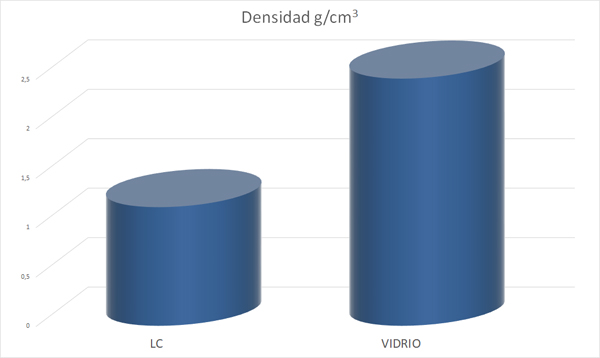

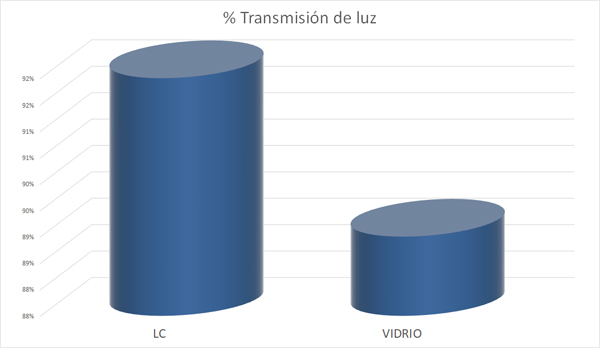
LC/REINFORCED POLYESTER FIBER (GRP)
In this case, both materials are lightweight, although with a slightly higher density in the case of polyester (between 1.5 and 1.8 g/cm³), and designed for this type of installation and use. Although, if we dwell on its mechanical properties, it must be said that the resistance to bending is higher in the case of GRP, being 15 kN/cm² compared to 9.3 kN/cm² of corrugated polycarbonate, even with this difference in both options, with the properly dimensioned structure, the ratio of lights and loads to which they can be subjected will be similar, although somewhat higher in the case of reinforced polyester. The GRP In addition, it has a expansion coefficient of a value of 3.5 x 10−5 m/m ºC, clearly lower at 6.5 x 10−5 m/m ºC of the LC, so we won't have to leave so much clearance to allow the movement of the plate around the mechanical fastening elements.
On the other hand, if we look at their behavior with respect to their impact resistance, we will appreciate a clear advantage of using corrugated polycarbonate over reinforced polyester. While the first, for a calculation made with the same thickness of 0.8 mm, the resulting resistance will be 53.96 ± 71.1 J, the second will result in < 4 J, not withstanding a direct blow caused by a large and heavy object, since the plates are more fragile and over the years, they become brittle.
From an optical point of view, we can also say that the behavior of corrugated compact polycarbonate it's better. First of all, your light transmission index, with a value of 92%, is somewhat higher than 86.3% that the GRP has (both results for the same thickness of 0.8 mm). This property, being outdoor installations, has increased significantly over the years. While the LC yellowing index only varies by 3.51 compared to the original sample, the variation of the yellowing index of reinforced polyester it's more remarkable, ranging up to 14.4 with respect to the initially installed plate. As a result of this deterioration, the lighting efficiency of the installation drops significantly in the case of GRP, while, in the case of corrugated, the transparency of the skylight is maintained for the life of the plate.
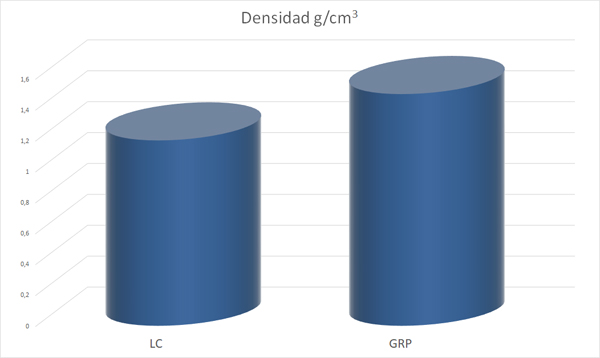
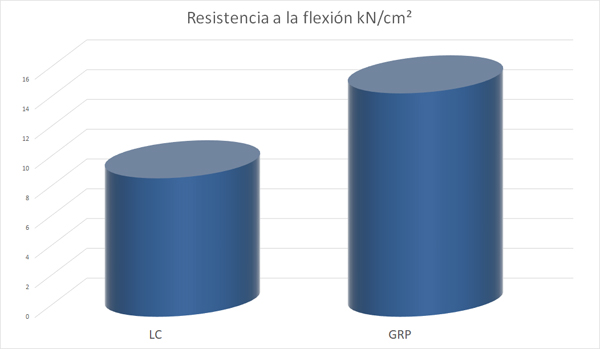
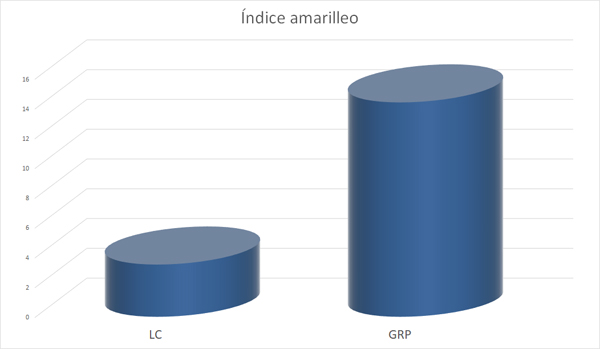
LC/ CORRUGATED PVC
In this case, both materials are lightweight, and with very similar densities, the two are resistant to a wide range of chemicals, although in the case of the latter their behavior is better in aggressive environments. PVC plates are highly resistant to corrosive chemical environments so its use in chemical plants, mine facilities and ports is highly recommended.
Although their impact resistance is also good, and their physical properties do not change when they are exposed to extreme weather conditions, in climates like ours we must take into account what working temperature we will subject the skylight to. While the plates of LC, maintain their dimensional stability in a wide temperature range (from -50 ºC to + 120 ºC), in the case of corrugated PVC plates, this interval is significantly reduced (from -20 ºC to + 50ºC). Therefore, the choice of the type of finish will be very important, because if the plate continuously exceeds 50ºC its structural stability will be clearly altered. For this reason, in installations designed in our country, it is highly recommended to use opaque colors, characterized by stabilizing the temperature of the plate, such as opal white or others.

[gallery ids="1021,1022,1023,1024,1025,1026" type="slideshow” orderby="rand "]
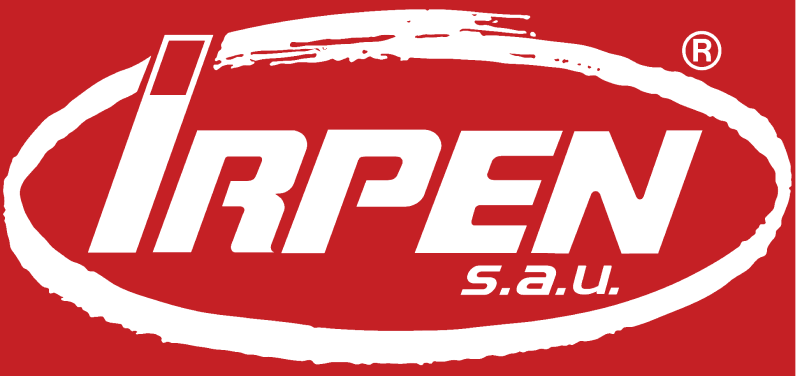







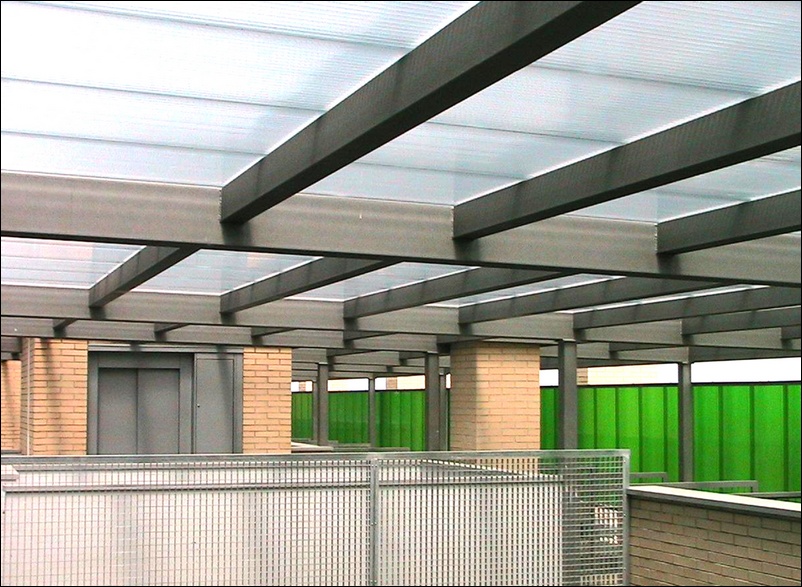


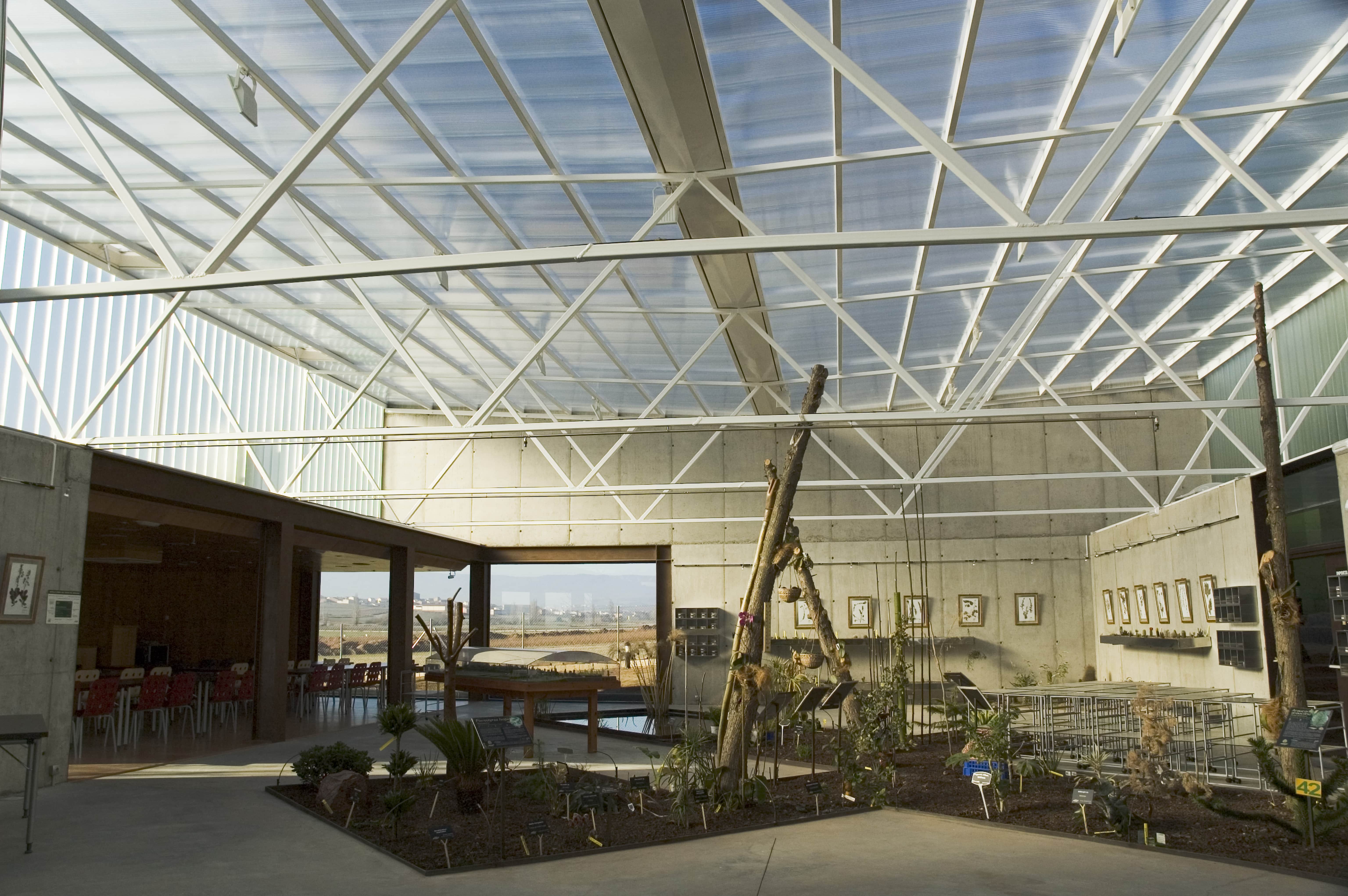
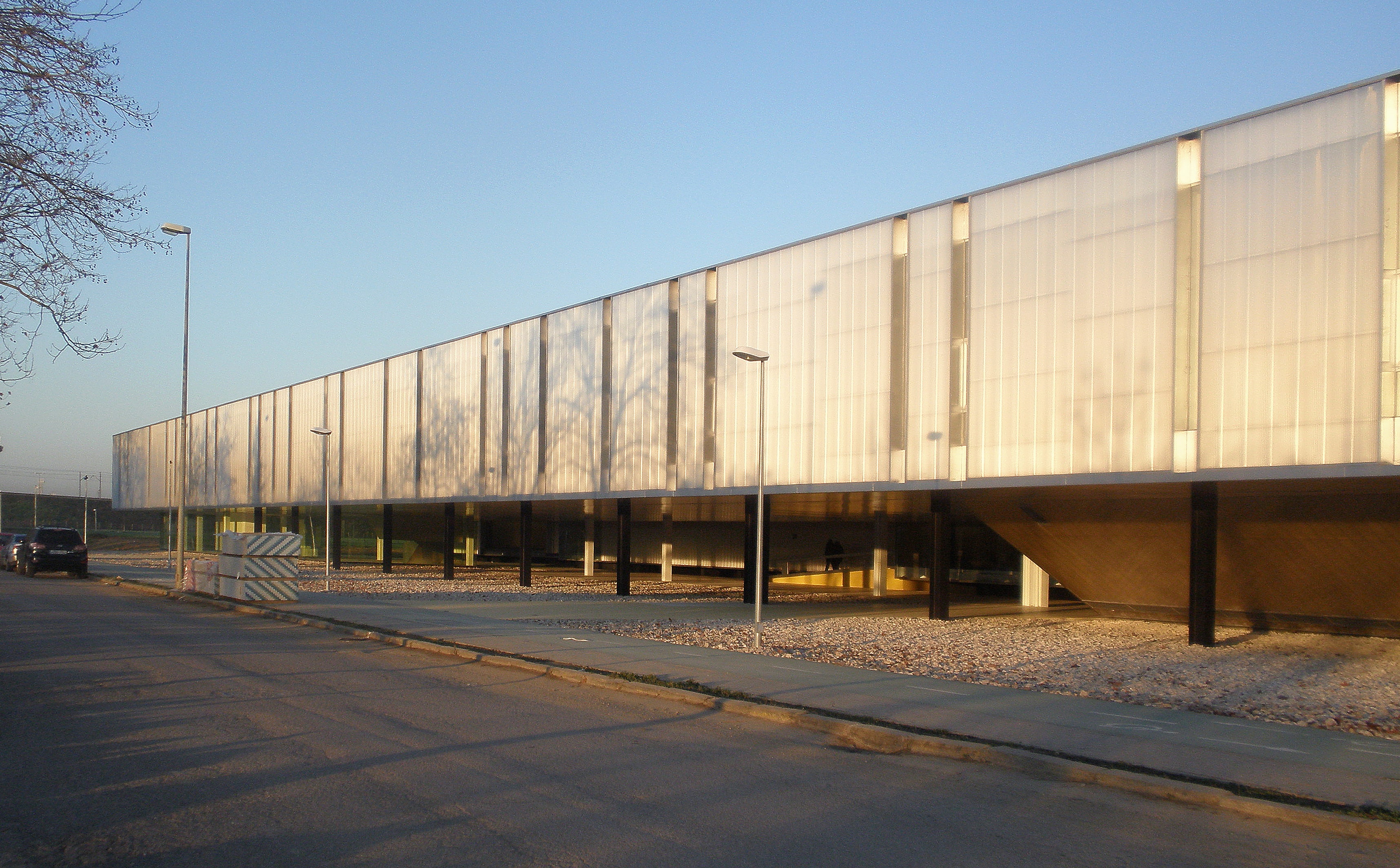
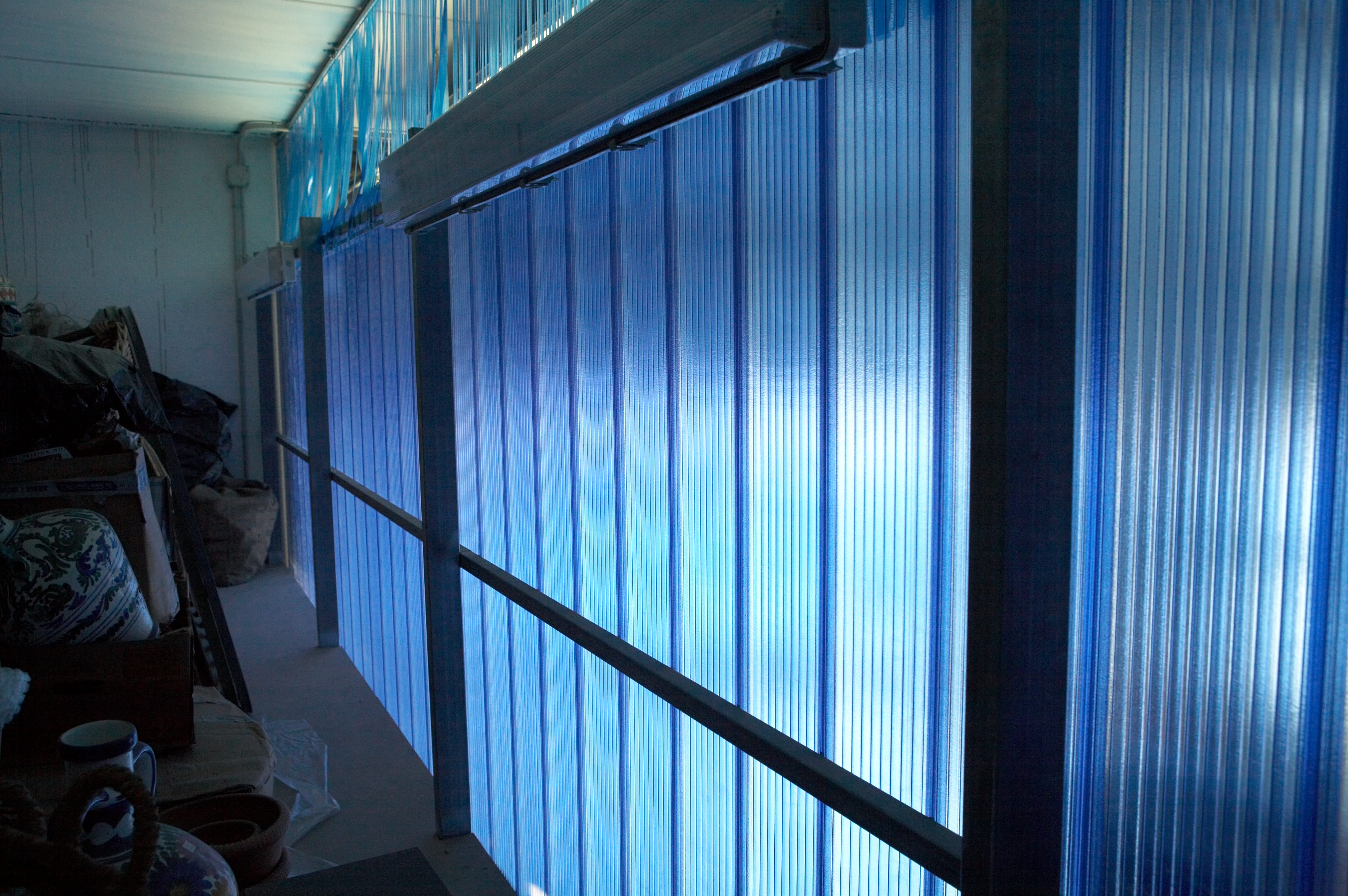

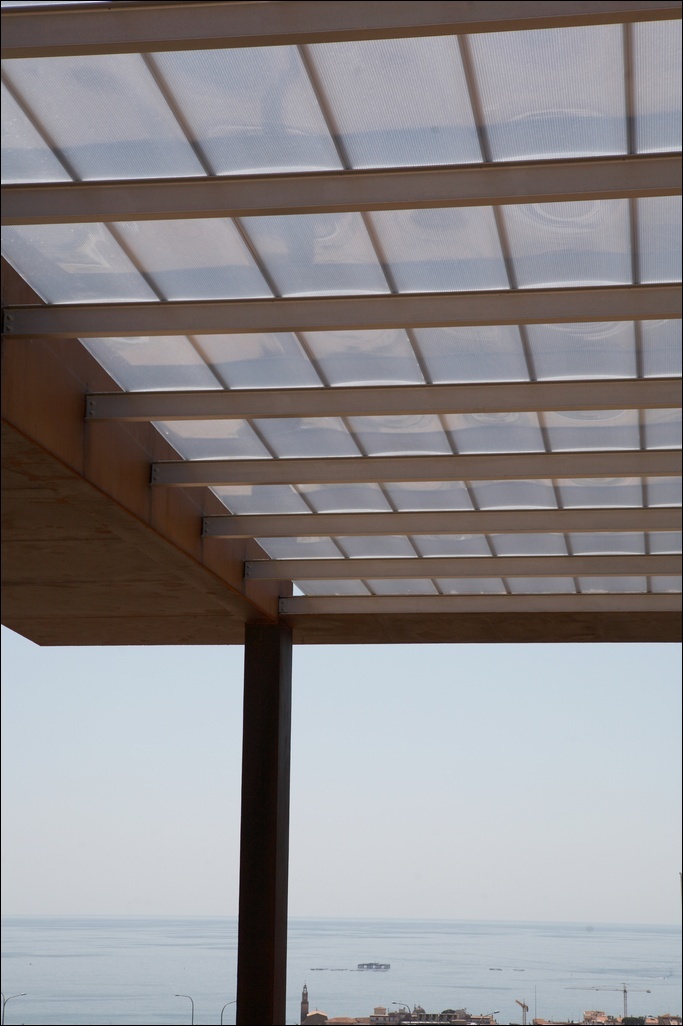
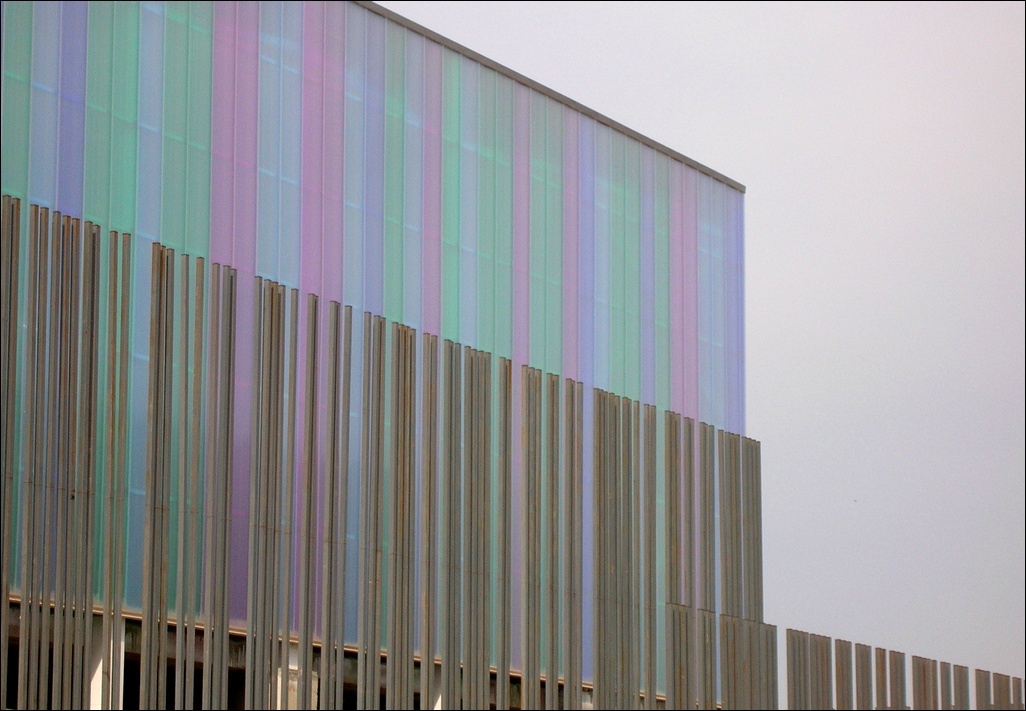
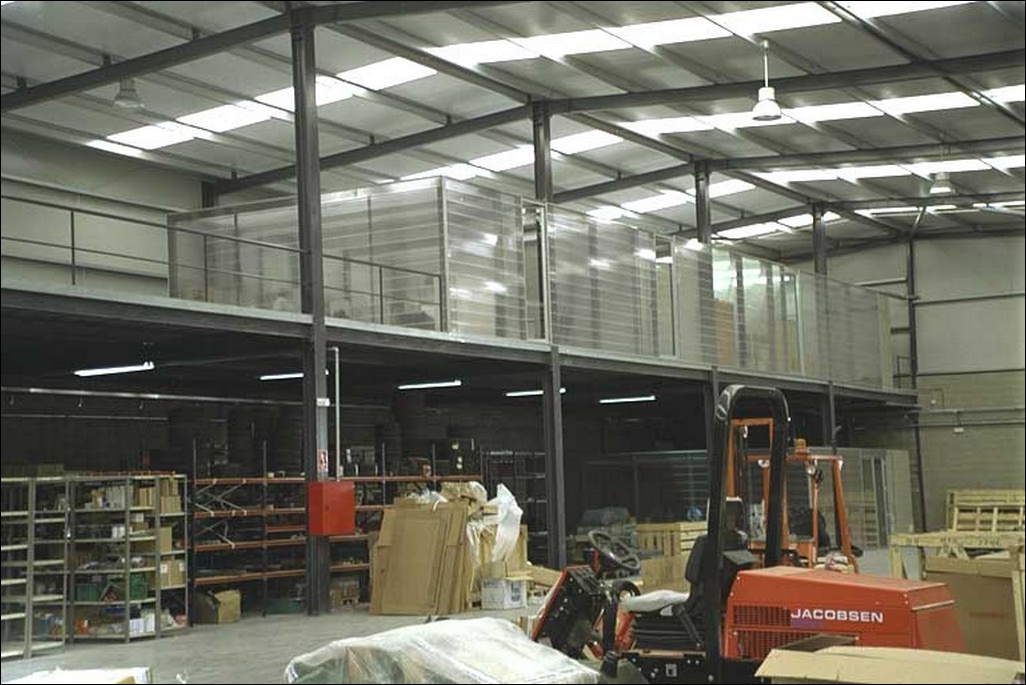
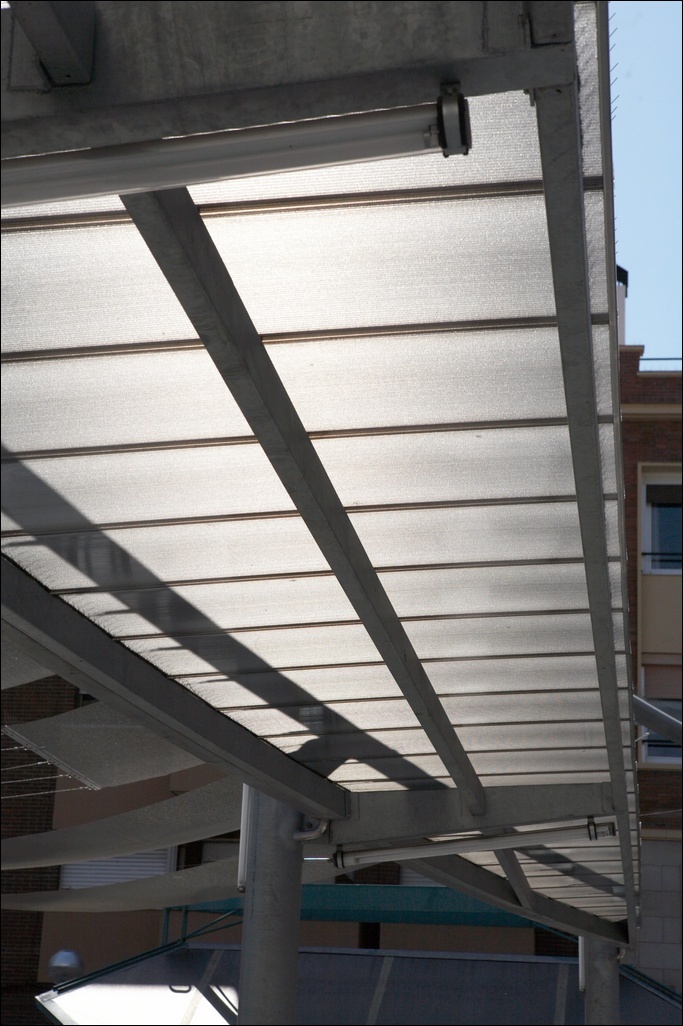
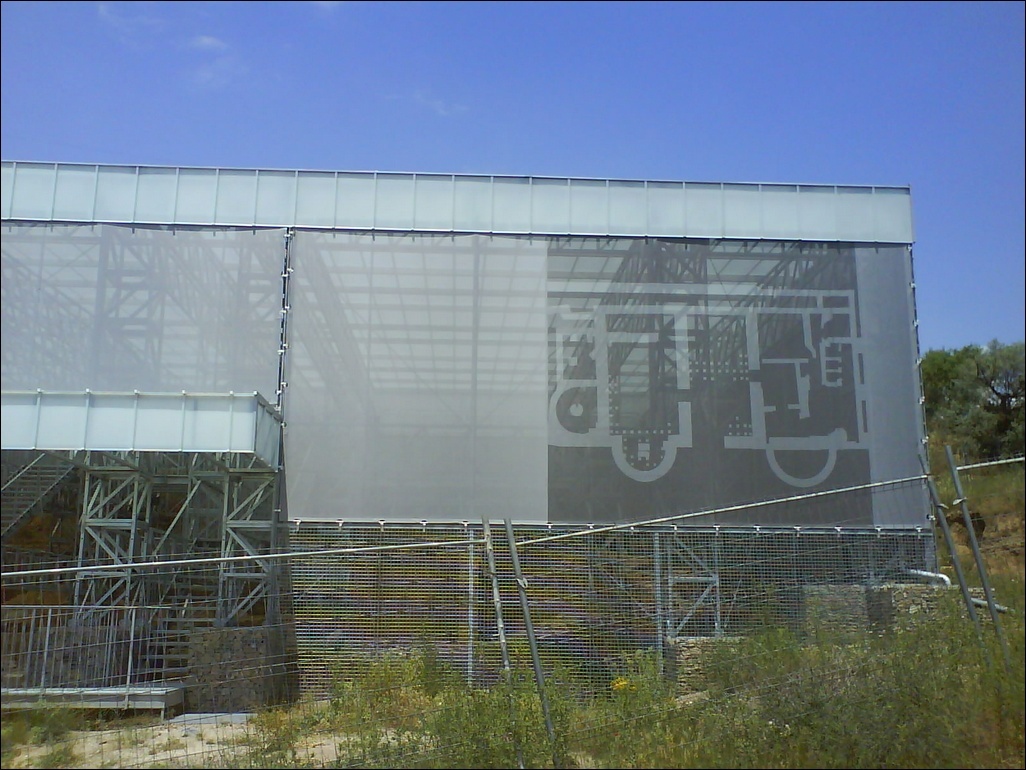


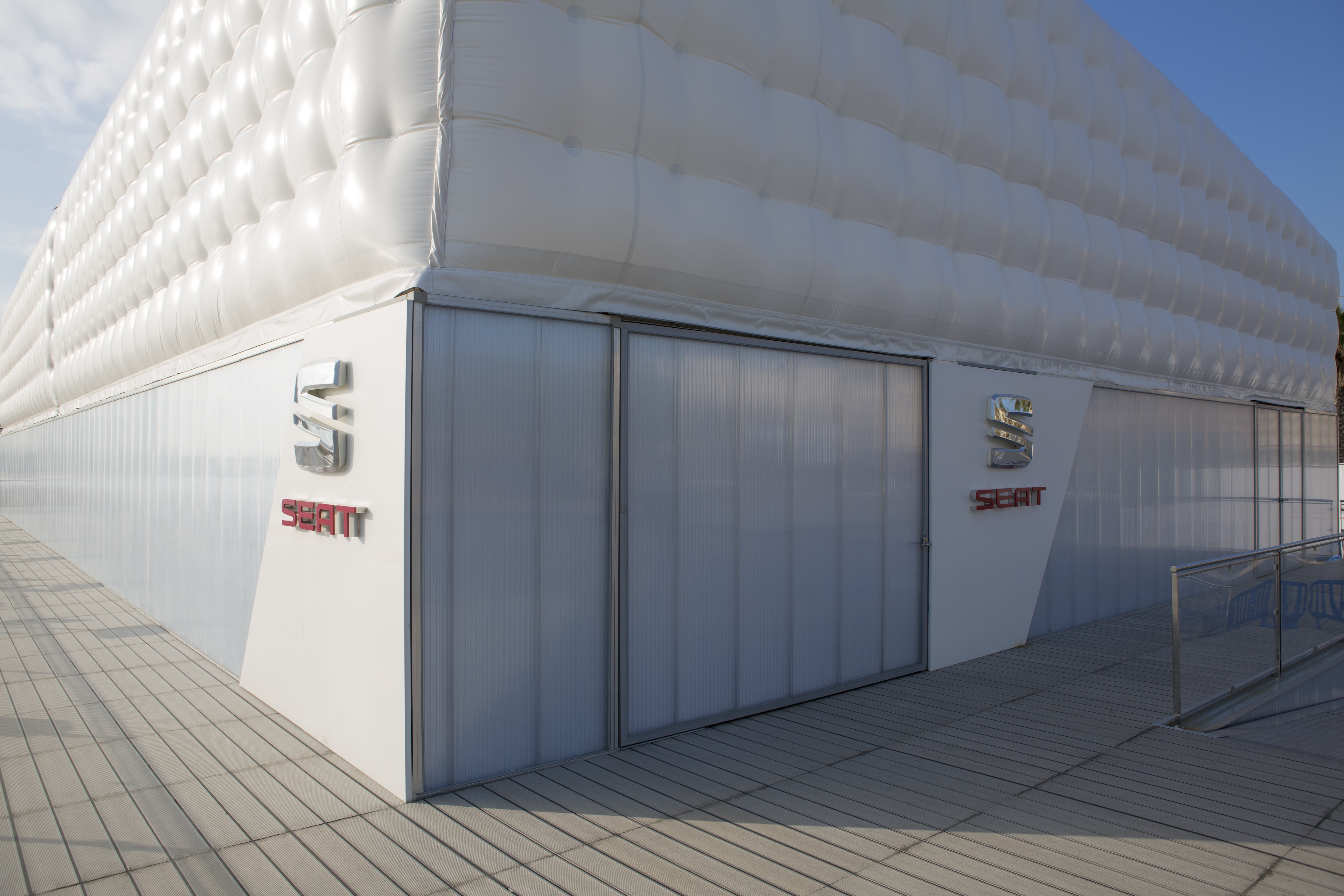
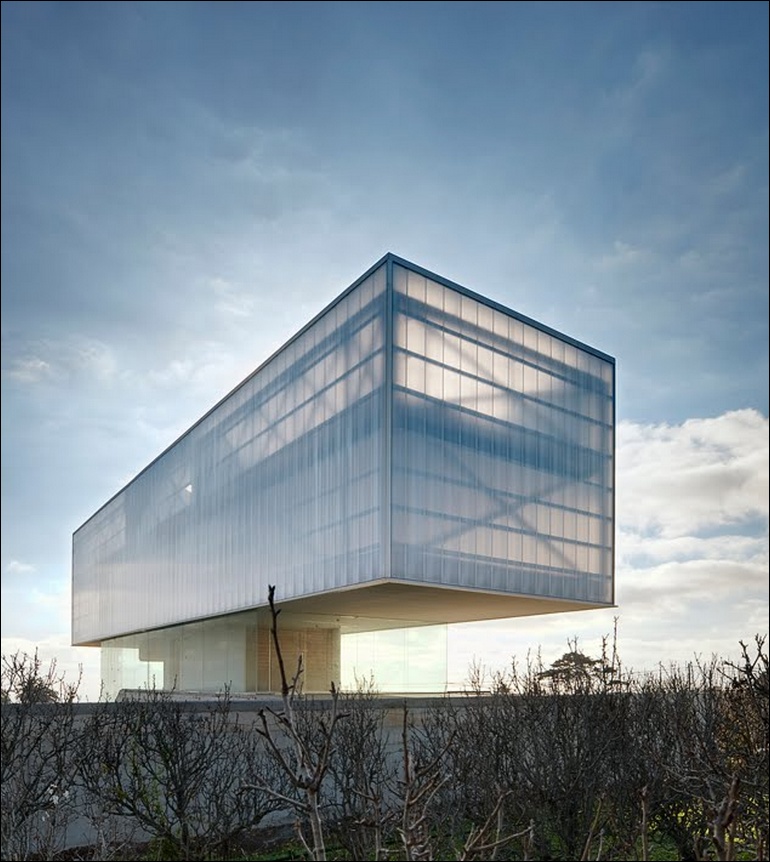


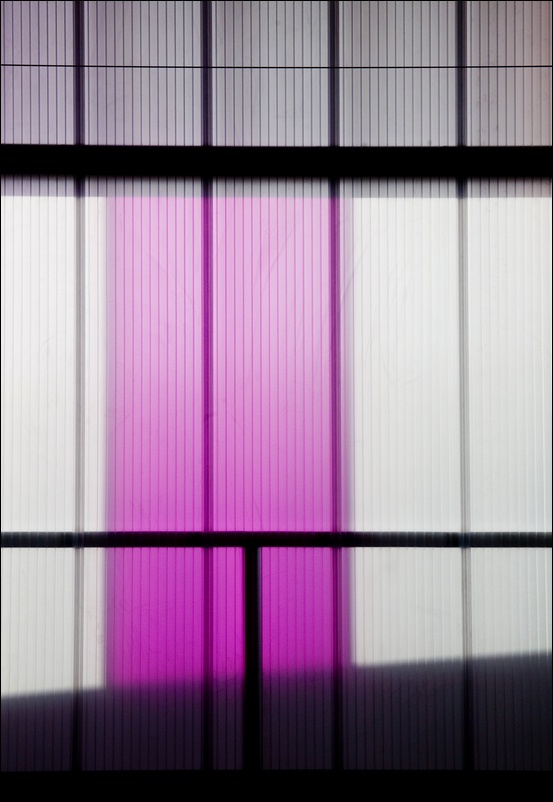
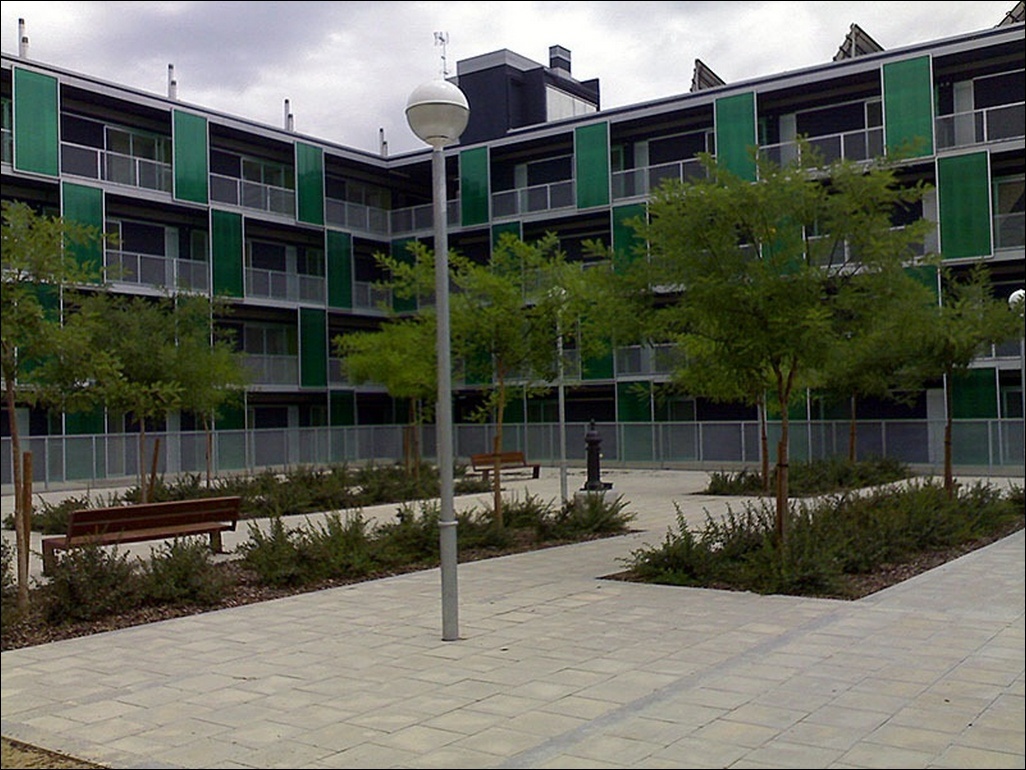

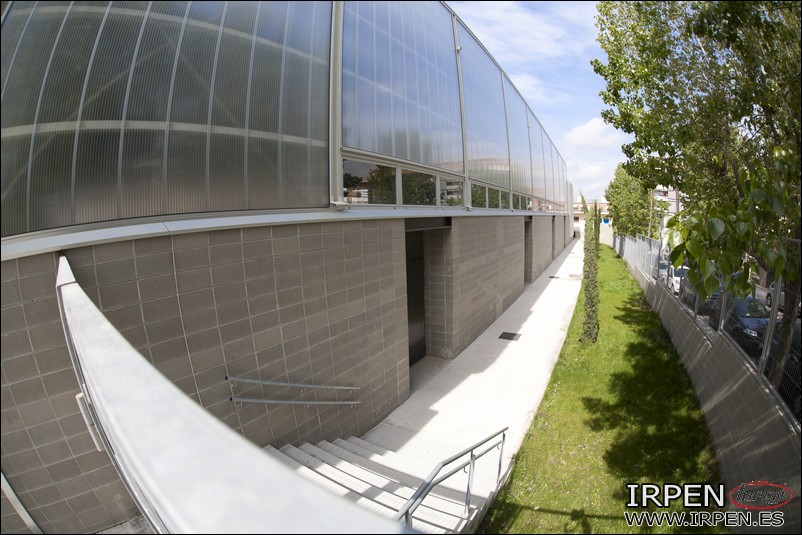

.jpg)
